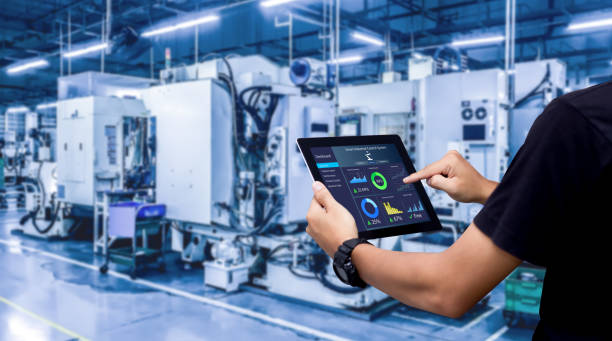Holographic Touch Interfaces: Redefining User Interaction
In a world where technology continues to blur the lines between the physical and digital realms, holographic touch interfaces are emerging as a groundbreaking innovation that promises to revolutionize how we interact with our devices. This cutting-edge technology, once confined to the realm of science fiction, is now on the cusp of becoming a tangible reality. As we stand on the brink of this paradigm shift in user interface design, let's explore the potential of holographic touch interfaces and their implications for the future of human-computer interaction.

The breakthrough came in 2009 when researchers at the University of Tokyo demonstrated the first touchable hologram. Using femtosecond lasers to ionize air molecules, they created tangible holograms that users could feel and manipulate. This paved the way for further developments in the field, leading to the current state of holographic touch technology.
How Holographic Touch Works
At its core, holographic touch technology combines advanced projection systems with precise motion tracking and haptic feedback mechanisms. High-resolution projectors create three-dimensional images in mid-air, while depth cameras and infrared sensors track the user’s hand movements with millimeter-level accuracy.
The magic happens when these systems work in tandem with ultrasonic transducers or air jets that provide tactile feedback. As users interact with the holographic interface, they experience the sensation of touching and manipulating virtual objects in space. This creates a seamless blend of visual and tactile stimuli, making the interaction feel natural and intuitive.
Applications Across Industries
The potential applications for holographic touch interfaces span a wide range of industries, from healthcare to entertainment. In medicine, surgeons could manipulate 3D holographic models of patients’ organs during pre-operative planning, enhancing precision and reducing risks. Automotive designers could sculpt virtual car models in real-time, streamlining the prototyping process.
In retail, holographic displays could allow customers to try on virtual clothing or visualize furniture in their homes before making a purchase. The technology also holds promise for education, enabling students to interact with complex 3D models of molecules, historical artifacts, or astronomical phenomena.
Challenges and Limitations
Despite its potential, holographic touch technology faces several hurdles before widespread adoption becomes feasible. One of the primary challenges is power consumption. Creating stable, high-resolution holograms requires significant energy, making it difficult to implement in portable devices.
Another obstacle is the need for a controlled environment. Current holographic systems are sensitive to ambient light and environmental factors, limiting their use to specific settings. Researchers are working on solutions to these problems, including more efficient laser systems and adaptive algorithms that can compensate for varying lighting conditions.
The Road to Commercialization
While holographic touch interfaces are still primarily confined to research labs, several companies are racing to bring the technology to market. Japanese firm Aerial Burton has developed a commercial holographic display capable of projecting images up to 50 cm in size, with plans to scale up for larger applications.
Tech giants like Microsoft and Apple have also shown interest in the technology, filing patents for holographic input devices and displays. Industry analysts predict that the first consumer-grade holographic touch devices could hit the market within the next five to seven years, with an estimated price range of $1,000 to $5,000 for early adopters.
The Future of User Interaction
As holographic touch interfaces continue to evolve, they have the potential to redefine our relationship with technology. By eliminating the need for physical screens and input devices, these interfaces could pave the way for more natural, intuitive forms of human-computer interaction.
Imagine a future where your smartphone projects a holographic display that you can manipulate with your fingers in mid-air, or where your living room becomes an immersive holographic environment for work and entertainment. As the technology matures and becomes more accessible, it could fundamentally change how we interact with digital information and each other.
In conclusion, holographic touch interfaces represent a thrilling frontier in user interface design. While challenges remain, the rapid pace of technological advancement suggests that this once-futuristic concept may soon become an integral part of our daily lives. As we stand on the brink of this new era in human-computer interaction, the possibilities are as limitless as our imagination.




